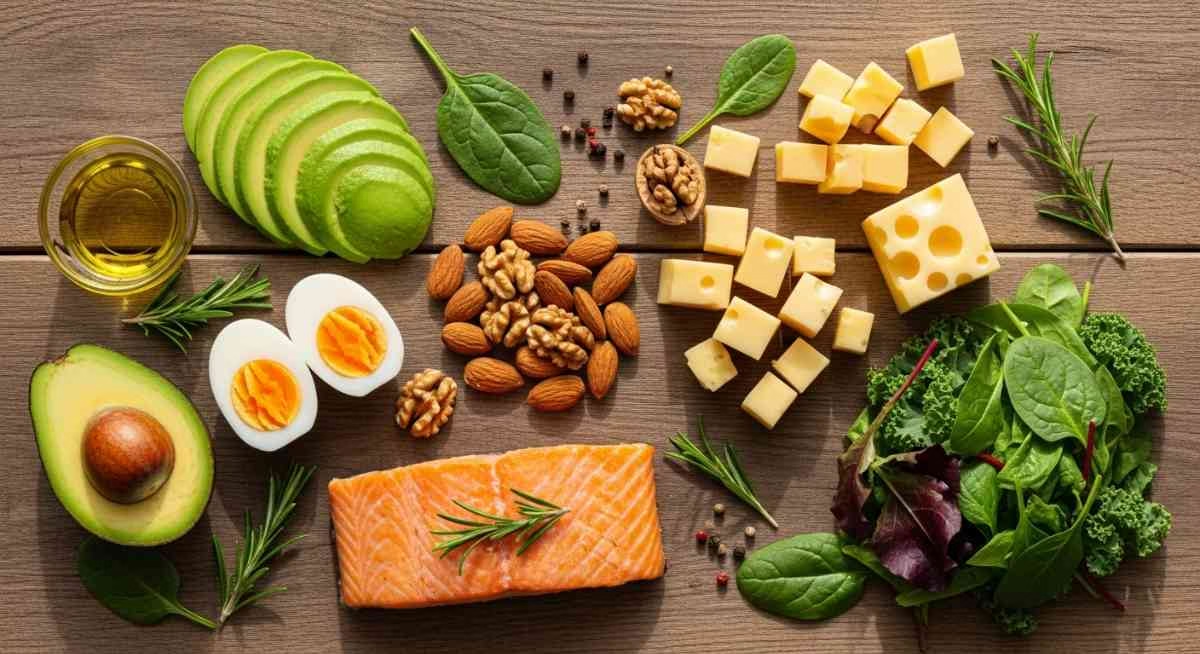Social media has become an integral part of our daily lives, and its impact on the food industry is undeniable. One area where social media has had a significant impact is in the world of junk food. Platforms like Instagram, Twitter have become hotbeds for food-related content, including the latest trends in junk food.
The rise of social media influencers has played a significant role in shaping junk food trends. These influencers have large followings who look to them for advice and recommendations on everything from fashion to food. When an influencer promotes a particular junk food item or brand, it can have a significant impact on its popularity. For example, when a popular influencer posts a picture of themselves enjoying a certain type of junk food, it can inspire their followers to try it out for themselves.
Social media has also made it easier for junk food brands to connect with their target audience. By leveraging social media platforms, brands can reach a wider audience and promote their products more effectively. Many junk food brands have created social media accounts where they post pictures and videos of their products, as well as promotions and special deals. By engaging with their audience in this way, these brands are able to create a loyal following and drive sales.
One of the most significant ways social media has impacted junk food trends is through the creation of viral food challenges. These challenges typically involve eating large quantities of a specific type of junk food, and they have become incredibly popular on platforms like instagram. For example, the “Takis Challenge” involves eating an entire bag of Takis chips as quickly as possible, while the “Cheetos Challenge” involves seeing how many Cheetos you can fit in your mouth at once. These challenges can have a significant impact on the popularity of a particular junk food brand or product.
Another way social media has impacted junk food trends is through the promotion of limited edition products. Many junk food brands release special edition products for a limited time, and social media is often used to promote these products. By creating a sense of scarcity and exclusivity, these brands are able to generate hype and drive sales. For example, when McDonald’s released its Travis Scott meal in collaboration with the rapper, it quickly became a viral sensation on social media.
However, the impact of social media on junk food trends is not all positive. Social media has also been linked to an increase in junk food consumption, particularly among younger people. The constant exposure to images of tempting junk food items can make it harder for people to resist the urge to indulge. Additionally, the use of social media can lead to feelings of isolation and loneliness, which can contribute to emotional eating and overindulging in junk food.
The future of social media and junk food trends:
As technology continues to evolve, the future of social media and junk food trends is likely to change significantly. Here are some ways in which technology is already affecting the way we think about food:
-
Virtual reality dining experiences:
As virtual reality technology becomes more advanced, it is possible that we may soon be able to experience food in a completely new way. Virtual reality dining experiences could allow us to taste and smell foods without consuming any calories, or even allow us to try new foods from all over the world without leaving our homes.
-
Personalized nutrition recommendations:
Advances in artificial intelligence and machine learning may soon allow us to receive personalized nutrition recommendations based on our genetic makeup, lifestyle, and preferences. This could help us make healthier choices and avoid foods that are not beneficial for our bodies.
-
Augmented reality food menus:
With augmented reality technology, we may soon be able to see digital representations of food items overlaid onto physical menus in restaurants or grocery stores. This could make it easier for us to make informed decisions about what we want to eat and avoid impulse purchases of unhealthy foods.
-
Social media algorithms:
Social media algorithms are already heavily influencing the types of content we see, and this is likely to continue in the future. This means that social media platforms could become even more adept at predicting and promoting junk food trends, making it harder for us to resist temptation.
Overall, it is clear that technology will continue to have a significant impact on the way we think about food and the types of foods we consume. It is up to us as individuals to stay informed and make conscious decisions about our eating habits, regardless of the influence of technology and social media.
In conclusion, social media has had a significant impact on the world of junk food. From the rise of social media influencers to the creation of viral food challenges, social media has shaped the way we think about and consume junk food. While the impact of social media on junk food trends is not all positive, it’s clear that social media will continue to play a significant role in shaping the food industry for years to come.





